Article-at-a-Glance
Senior MTB riders need helmets with MIPS technology for better protection.
Gloves should be chosen based on comfort, grip, and weather conditions, with shock-absorbing features for extra protection.
MTB apparel for seniors should be lightweight, breathable, and include UPF protection.
High visibility clothing enhances safety and can be stylish too.
Trying gear on and getting expert advice at local bike shops ensures a perfect fit.
Mountain biking is a thrilling activity that seniors can enjoy just as much as the younger crowd. But when it comes to gear, especially helmets and gloves, the needs might be a bit different. Let’s dive into how you can hit the trails safely, comfortably, and with a flair of style.
Choosing a Protective Yet Stylish Helmet
Your head is precious, and a good helmet is non-negotiable. But who says safety can’t look good? When choosing a helmet, it’s not just about the fit—it’s about finding that perfect blend of protection and style. A helmet that suits your taste can make all the difference in how often you wear it and, therefore, how safe you are on the trails.
Most importantly, look for a helmet that’s certified for mountain biking. It should sit snugly on your head without wobbling, and the straps should be easily adjustable for a secure fit. And don’t shy away from color! Bright hues not only reflect your personality but also improve visibility on the trail.
Example: A sleek matte black helmet might look cool, but a neon green or bright blue one will make you much more visible to fellow riders and hikers.
Remember, the helmet should be replaced every few years or immediately if it’s been in an impact. And always check for a sticker indicating that the helmet meets safety standards set by organizations like CPSC or EN-1078.
MIPS Technology and Senior Safety
When it comes to technology in helmets, MIPS (Multi-directional Impact Protection System) is a game-changer, especially for seniors. This system allows the helmet to rotate slightly upon impact, reducing rotational forces on the brain. It’s a must-have for any rider who wants the best protection available.
MIPS helmets might come with a slightly higher price tag, but the investment is worth it for the added safety. After all, you can’t put a price on peace of mind when you’re enjoying the great outdoors on two wheels.
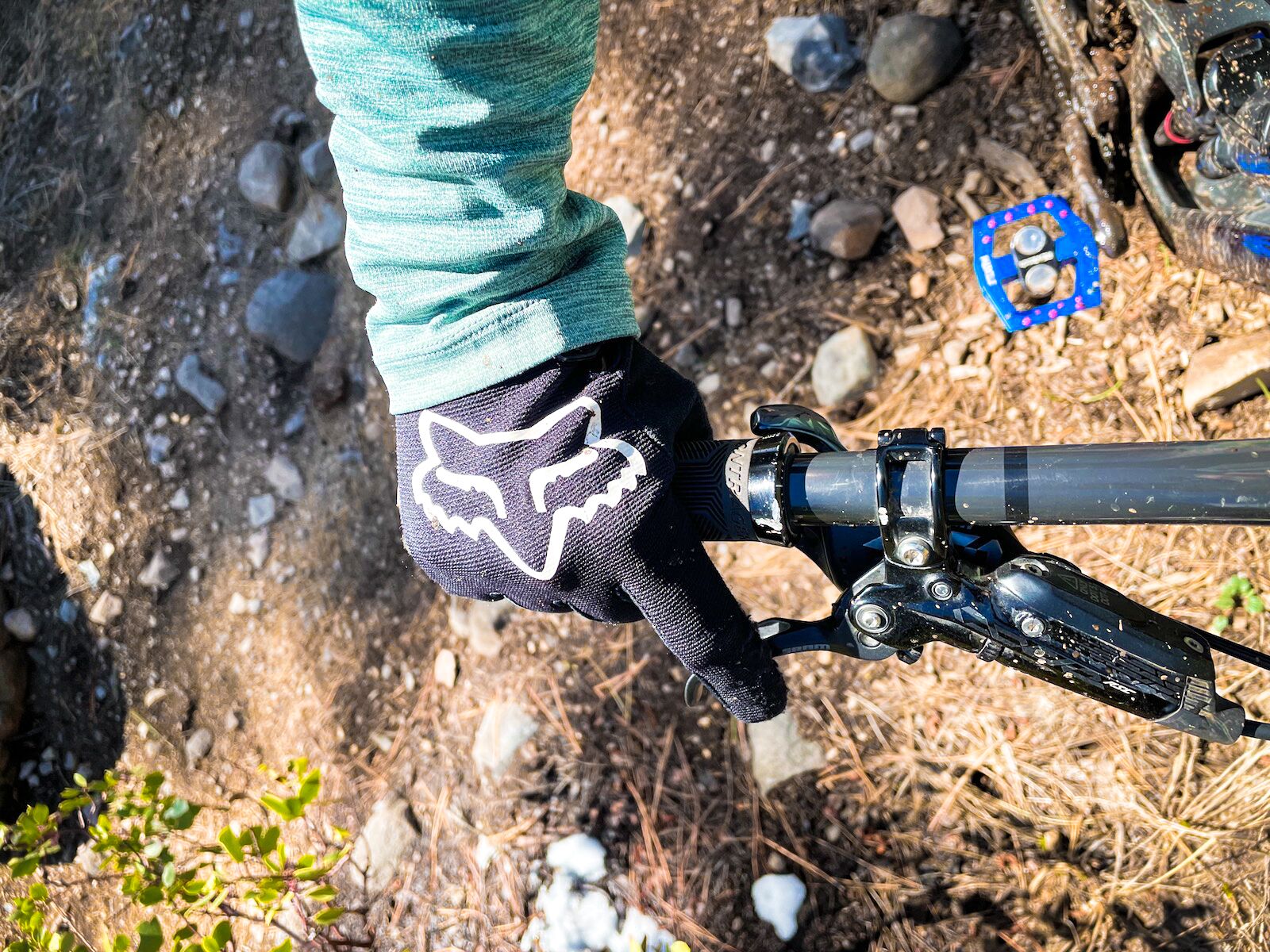
Comfort and Weight Considerations
The best helmet is one you forget you’re wearing. It should be lightweight, so it doesn’t strain your neck muscles, and have plenty of vents to keep your head cool. Padding is crucial too—not just for impact absorption, but for comfort on long rides.
Adjustability is also key. A good helmet will have an easy-to-use dial or straps for quick adjustments, ensuring that it fits just right every time you ride.
Let’s move on to the next essential piece of gear: gloves. They protect your hands and improve your grip, which is vital for maintaining control of your bike.
Hands On: Picking the Right Gloves for MTB
Now, let’s talk gloves. They’re not just for keeping your hands warm—they’re essential for grip and protection. Whether you’re navigating rocky paths or cruising through forest trails, the right gloves can make a big difference in your riding experience.
Fingerless vs. Full-Finger Gloves
Choosing between fingerless and full-finger gloves often comes down to personal preference and weather conditions. Fingerless gloves are great for a better feel of the controls during warmer rides. Full-finger gloves, on the other hand, provide extra protection from the elements and potential scrapes against branches or if you take a tumble.
For example, on a chilly morning ride, full-finger gloves will keep your hands warm and help maintain dexterity.
Impact Absorption Features
As we age, protecting our joints becomes more crucial. Look for gloves with padding on the palms, which can absorb vibrations and reduce stress on your hands during long rides. Gel inserts or foam padding are common and can help prevent numbness and discomfort. For more detailed information, check out this guide on mountain bikepacking essentials which includes gear and setup tips.
Material and Breathability
Your gloves should be made from materials that wick away moisture and allow your skin to breathe. This is especially important on hot days when your hands might sweat more. A mix of synthetic fabrics usually does the trick, providing both durability and ventilation.
Dress the Part: Senior-Friendly MTB Apparel
What you wear on the rest of your body is just as important as your helmet and gloves. Your clothing should provide protection while keeping you comfortable throughout your ride. This means finding the right balance between durability and breathability.
Combining Protection with Comfort
When selecting your MTB wardrobe, consider the terrain and weather conditions you’ll be riding in. Padded shorts can offer extra cushioning for rough trails, and a lightweight, water-resistant jacket can be a lifesaver during unexpected downpours.
Breathable Fabrics and UPF Protection
Choose fabrics that are breathable to prevent overheating and include UPF protection to shield your skin from harmful UV rays. A good jersey will also have pockets for your essentials, like a trail map or energy bars.
Take, for instance, a jersey made from a polyester blend. It’s quick-drying, keeps moisture away from your body, and often comes with a UPF rating of 30 or higher.
When it comes to pants, you want something that allows for full range of motion. Some riders prefer the extra protection of baggy mountain bike pants, while others opt for tighter-fitting shorts or leggings. Whichever you choose, make sure they’re made of tough material that can withstand the occasional scrape or fall.
Lastly, don’t forget about your feet. A good pair of MTB shoes will provide grip on the pedals and protect your feet from rocks and roots. They should be comfortable for both pedaling and walking, as you might find yourself doing a bit of both during your rides.
High Visibility for Safety
Being seen is being safe. High visibility clothing with reflective elements ensures you’re visible to other trail users, especially in low-light conditions. Many brands offer stylish options that don’t sacrifice fashion for function.
Now that you know what to look for in helmets, gloves, and apparel, let’s talk about where to find these items and how to ensure they’re the right fit for you. For more insights, check out our senior MTB riders’ guide for detailed reviews and tips.
Shopping Smarter: Tips on Selecting MTB Wear
Finding the perfect MTB gear is about knowing where to look and what to look for. Here are some tips to help you shop smarter and find gear that fits well and meets your needs.
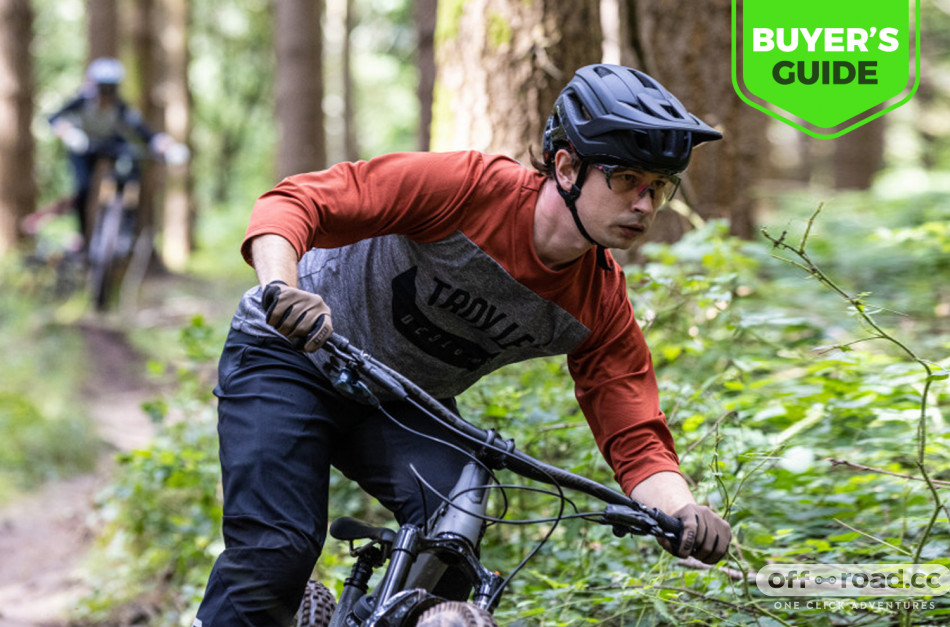
Personalized Recommendations at Local Bike Shops
One of the best places to start is your local bike shop. The staff there are often avid riders themselves and can provide valuable insights and recommendations based on their own experiences. They can help you navigate the vast array of options and find the gear that’s right for you.
Most importantly, they can ensure you get the correct size. A helmet that’s too tight will be uncomfortable, while one that’s too loose won’t provide adequate protection. The same goes for gloves and clothing. An expert fitting can make all the difference.
Trying Before Buying
Always try on gear before you buy it. This is the only way to truly know if it fits properly and feels comfortable. Move around, mimic the positions you’ll be in while riding, and pay attention to any areas that feel tight or restrictive.
And remember, sizes can vary greatly between brands. What might be a medium in one brand could be a large in another. So, focus on the fit, not the number or letter on the tag.
Adjustments for Comfort and Safety
Finally, consider any adjustments you might need to make to your bike to ensure a comfortable and safe ride. This could include tweaking the seat height, changing the handlebar position, or adjusting the suspension. A good bike shop can help with this too, ensuring your bike is as ready for the trails as you are.
With the right gear, you’ll feel confident, comfortable, and stylish on your mountain biking adventures. So gear up, get out there, and enjoy the ride!
Recap of Style Meets Safety for Senior Riders
It’s clear that when it comes to mountain biking, the right gear can make all the difference. For senior riders, safety is paramount, but that doesn’t mean you have to sacrifice style. With helmets featuring MIPS technology, gloves that offer both protection and comfort, and apparel that’s as functional as it is fashionable, you’re well-equipped to tackle the trails. Remember, the key is to find gear that fits well, protects you, and makes you feel good wearing it. Now, let’s answer some common questions to help you get on the right track.
Frequently Asked Questions
When is it Time to Replace My Helmet?
You should replace your helmet every three to five years, depending on usage, or immediately after a significant impact, even if no damage is visible. Helmet materials degrade over time, especially with exposure to sunlight and sweat, which can compromise their protective qualities. Always inspect your helmet before and after rides for any signs of wear or damage.
Best Practices for Washing MTB Gloves
To keep your gloves in top condition, follow these steps:
Hand wash with mild soap and cool water to preserve the materials and padding.
Avoid using hot water or a tumble dryer, which can degrade the fabric and adhesives.
Lay them flat to air dry, avoiding direct sunlight and heat sources.
Remember, regular washing extends the life of your gloves and maintains their performance.
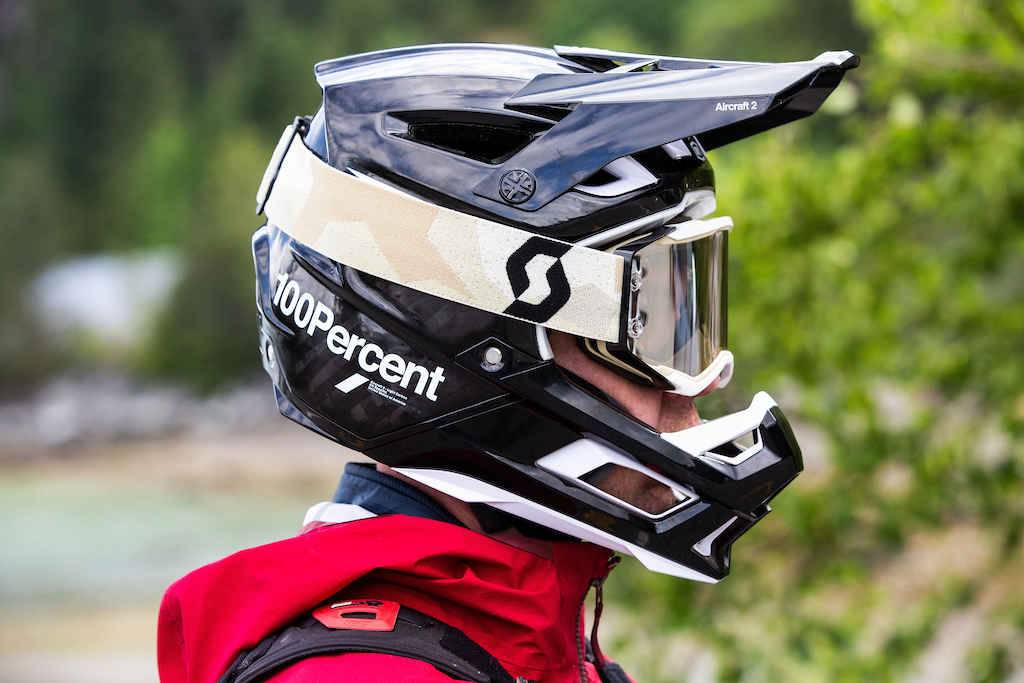
Tips for Breaking in New MTB Apparel
New mountain biking apparel may feel stiff at first. To break it in:
Wear your new gear on short rides before tackling longer trails.
Wash the apparel according to the manufacturer’s instructions to soften the fabric.
Consider using a fabric softener designed for technical fabrics if the care label allows it.
With time, your apparel will conform to your body, enhancing comfort and mobility.
How Should I Adjust My Bike to Accommodate Aging?
As we age, comfort and ergonomics become even more critical. Adjust your bike by:
Raising the handlebars for a more upright riding position, reducing strain on your back and neck.
Adjusting the saddle height and tilt for optimal leg extension and hip comfort.
Ensuring the suspension is tuned to your weight and riding style for better shock absorption.
These adjustments can help maintain endurance and reduce the risk of injury. For more detailed insights, check out this guide on essential gear and tips for senior mountain bikers.
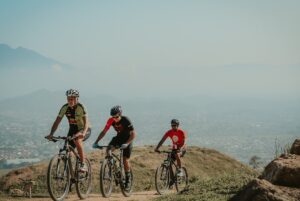
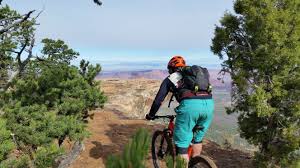
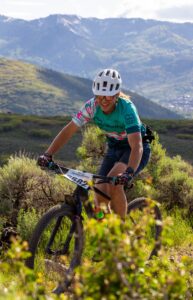
Leave a Reply